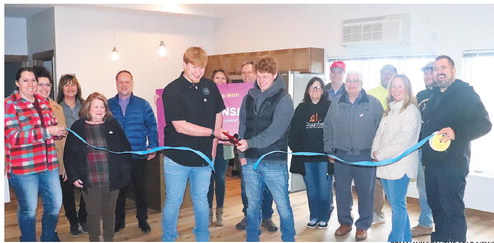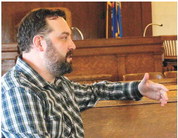Push to get deer tested for CWD continues; new surveillance in Taylor County
It’s been nearly 20 years since chronic wasting disease was first discovered in Wisconsin’s wild white-tailed deer herd and, in that time, there are few areas of the state that...



